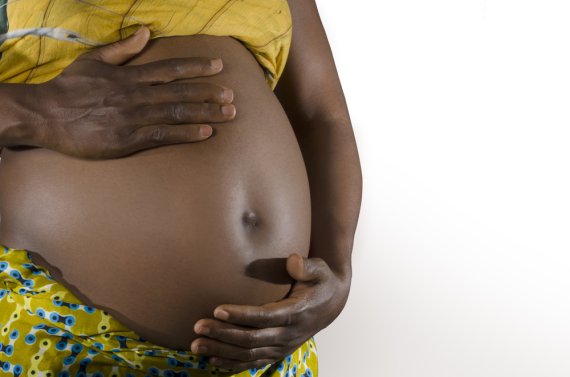© Shutterstock
About six percent of women in Tanzania suffer from gestational diabetes. Their babies are often extremely big at birth, which makes the delivery more difficult, and even dangerous. These women are also at risk for diabetes after the pregnancy. Timely treatment can reduce these risks.
In the Netherlands, blood tests are done to check the blood sugar of every pregnant woman during the first trimester. ‘But a lot of African countries lack the resources to do this,’ says Brouwer-Brolsma. ‘Often only a urine test is carried out, but that is less reliable. So a lot of women do not get diagnosed and treated.’ For this reason, she thinks it is important to find alternative, simple screening tests. Those screening tests are based on known risk factors. It is known, for instance, that women are at greater risk if they are overweight or have had a previous miscarriage, or if diabetes runs in their family. But this knowledge is based on studies of white and Asian women, and it is not known for certain whether the findings apply to African women as well. To find that out, Brouwer-Brolsma and her colleagues analysed data from 609 pregnant women in six hospitals in Dar es Salaam to see which risk factors were reliable predictors of gestational diabetes. They used this information to create the first version of a screening tool. ‘Using the tool we could pick up about 64 percent of the women at risk of gestational diabetes.’
That result was a bit disappointing: a good screening tool scores at least 70 percent. According to Brouwer-Brolsma, the timing of the test may be a factor. ‘Gestational diabetes usually develops between the 24th and the 28th week of the pregnancy, and about 18 percent of the participants were screened before week 24.’
Although there is still room for improvement, Brouwer-Brolsma sees the test as an important step in the right direction. ‘This is already better than what was available before now. Follow-up studies could also look at other factors, such as BMI before the pregnancy.’

